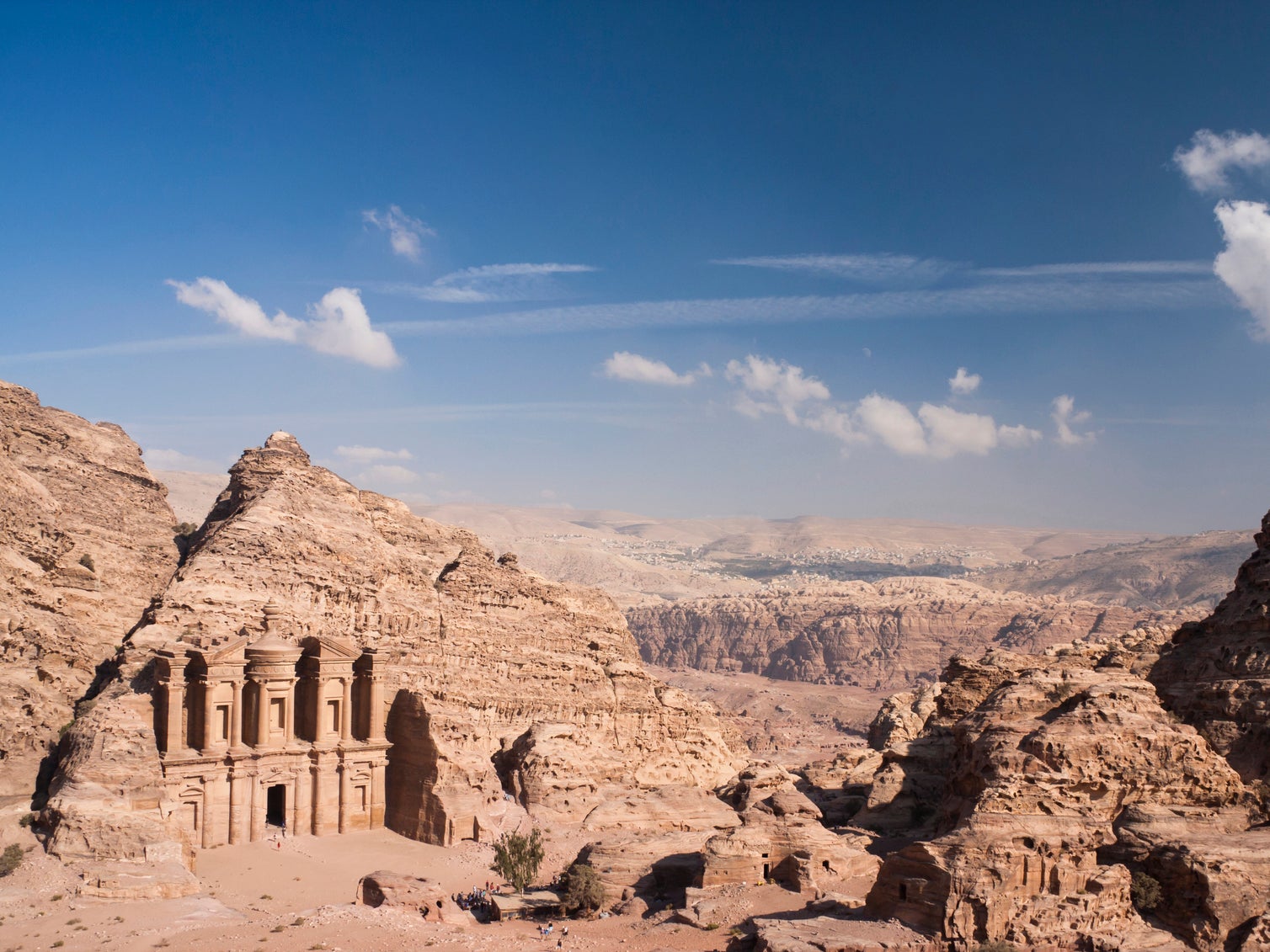Incredible forgotten gardens of Petra rediscovered after almost 2,000 years
Ancient site features fountains, ponds and a huge swimming pool

Your support helps us to tell the story
From reproductive rights to climate change to Big Tech, The Independent is on the ground when the story is developing. Whether it's investigating the financials of Elon Musk's pro-Trump PAC or producing our latest documentary, 'The A Word', which shines a light on the American women fighting for reproductive rights, we know how important it is to parse out the facts from the messaging.
At such a critical moment in US history, we need reporters on the ground. Your donation allows us to keep sending journalists to speak to both sides of the story.
The Independent is trusted by Americans across the entire political spectrum. And unlike many other quality news outlets, we choose not to lock Americans out of our reporting and analysis with paywalls. We believe quality journalism should be available to everyone, paid for by those who can afford it.
Your support makes all the difference.The forgotten gardens of Petra have been rediscovered after almost 2,000 years - revealing an advanced irrigation and water storage system that has shocked experts.
Alongside the system which allowed for the maintenance of a garden in the desert, excavations also uncovered the remnants of fountains, ponds and a huge swimming pool, according to Haaretz.
Located in the south-western deserts of Jordan, the Nabatean capital is likely to have had trees, date palms and vines, as well as a 44-metre wide swimming pool.
Leigh-Ann Bedal, associate professor of anthropology at Penn State Behrend College, said the garden was a symbol of the Nabataeans’ success.
"The pool marks the terminus for an aqueduct that transported water from one of the springs, 'Ein Brak, located in the hills outside of Petra," she told Haaretz.
"The pool’s monumental architecture and verdant garden served as a visual celebration of the Nabataeans’ success at providing water to the city centre."
The system not only allowed people to reserve enough water for their own needs but also let them grow crops, harvest fruit and produce wine and olive oil.
Excavations found a shaft that led water more than 10 metres downward as well as underground channels that helped control water levels during rainy seasons.
Experts say Petra could not have existed without the advanced water management techniques, as the region only receives 10 to 15 centimetres of a rain a year.
In the ancient world Petra was located between the crossroads of important trade routes linking the Red Sea with Damascus and the Persian Gulf with Gaza.
For those travelling, Petra offered food, lodging and, most importantly, readily available water.
In modern times, the city is best known for its sandstone canyon, which features in the climax of movie Indiana Jones and the Last Crusade.
Join our commenting forum
Join thought-provoking conversations, follow other Independent readers and see their replies
Comments